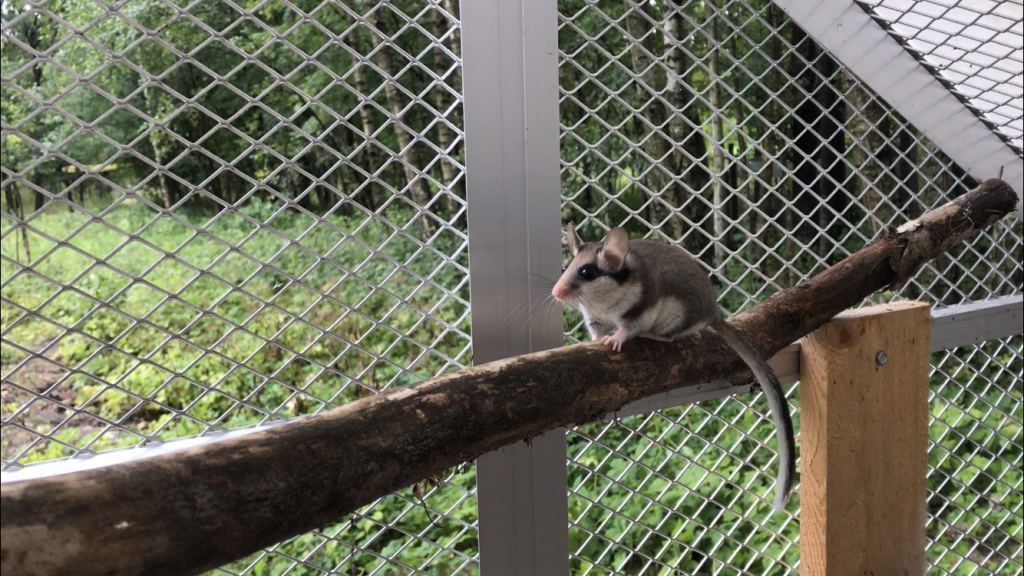Cooperation between zoos
In order to support natural populations and the survival of an endangered species, an captive population of the species must sometimes be created. An captive population consists of animals that are divided between different zoos, but are managed jointly. In order for such a system to work, zoos work closely together. European zoos participate in the „Endangered species in Europe program“ (EAZA Ex situ programme, EEP) – simply put, in reproduction programs, and one coordinator is assigned to each program. The species coordinator keeps an eye on the population’s genetic and demographic indicators and, based on the collected data, gives the zoos information about which animals should take part of mating or, if necessary, sent to another zoo so that the captive population remains viable.
The first reproduction programs in Europe were started in 1985 after a meeting at Antwerp Zoo, where it was found that such cooperation between zoos is necessary. By 1993 Tallinn Zoo was already in 15 EEP-s and by 2022 in 15 reproduction programs. The species that are a part of the programme are marked with an oval sign with the letters EEP.
Pan-European breeding program for the European mink
The European mink is one of the most endangered small carnivore species in the world. The semi-aquatic mink was a common species in Europe in the first half of the 20th century, but today less than 5% of the population has survived. The decrease in mink population was caused by excessive hunting and competition with the American minks that had escaped from fur farms. The last time a European mink was found in Estonian nature was in 1996. In order to preserve the species and restore the population an European mink Breeding Programme (EEP) was created in 1992. The programme has been coordinated by Tallinn Zoo since then. In the first year, only 14 European minks were part of the programme (9 of them were the inhabitants of Tallinn Zoo). Since the turn of the century the number has reached 200. Almost half of them are the inhabitants of Tallinn Zoo. The zoo can accommodate a little over a hundred European minks. Since 2022, 15 European zoos participate in the European mink breeding programme.
In addition to managing the captive population, Tallinn Zoo, in cooperation with the foundation Lutreola, has been engaged in translocating the European mink in Hiiumaa and Saaremaa islands.

Garden dormouse
The garden dormouse (Eliomys quercinus) was last seen in Estonian nature in 1986. At this point the garden dormouses are almost extinct in nature. The first animals were brought to the Zoo Species Conservation Research Centre in 2021 with the aim of learning their behaviour, multiplying them and, if possible, reintroducing them into Estonian nature. Tallinn Zoo garden dormmouses belong to the captive population that is managed by the Dutch Zoo (GaiaZOO).





